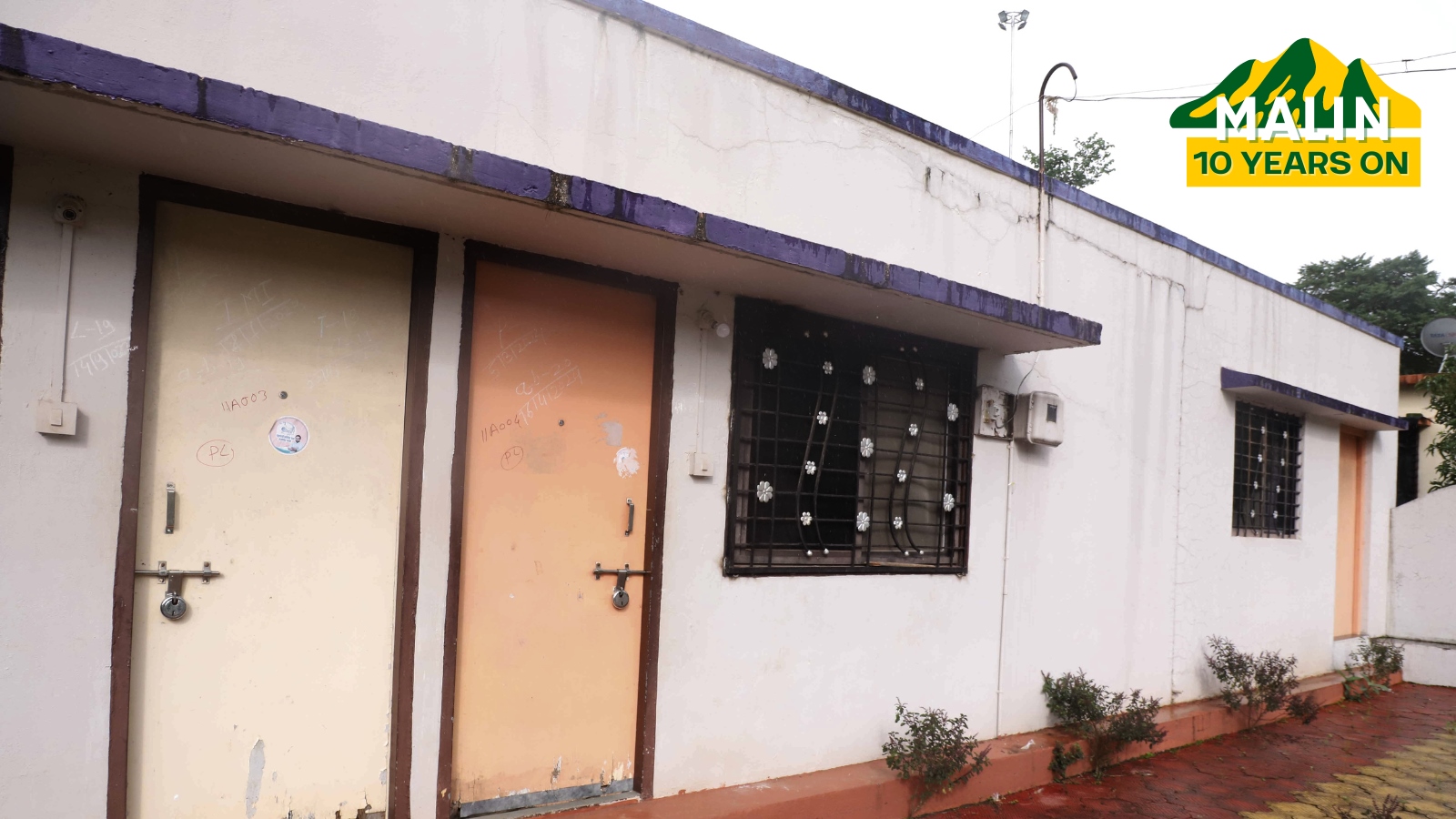Malin 10 years on: Part 3 | In new Malin, over 60% homes remain locked throughout the year | Pune News

Malin 10 years on: Part 3 | In new Malin, over 60% homes remain locked throughout the year | Pune News
The rehabilitated Malin village has been touted as a ‘model’ and an example for future rehabilitation projects. The homes are landslide-resistant and the village is said to have 18 different amenities. As many as 60 per cent of the 67 allottees, however, aren’t able to make most of them as they hardly ever stay in the village.
The Indian Express found that of the 67 allotted homes, only about 30 were occupied while the rest remained locked. They are so for almost the entire year, locals said. Apparently, the allottees stay in Pune or Mumbai and visit the houses only once in a while.

“At present, only 25-30 families stay here. Rest come here for a few days and go back. These are the people who stayed in Pune or Mumbai even before the tragedy. They were allotted homes as they were the only surviving relatives of the dead as all others who used to stay in the village and did the farming died in the landslide. So throughout the year, the village wears a dreary, desolate look,” said Vijay Lembhe, a resident.
Sarpanch Raghunath Jhanzare said that the remote area has very few employment opportunities and hence people prefer to migrate to Pune for work. “Now, it’s the season of paddy plantation and hence you are seeing some people. Otherwise, it’s even more empty,” he said.
‘Model rehabilitation’
These houses were built after selecting a safe site by consulting the Geological Survey of India (GSI). A total of 10 sites were shortlisted in the neighbourhood of which one near Made village was finalised keeping in mind different considerations such as convenience and safety.

The homes were designed after taking technical help from experts from the College of Engineering, Pune (CoEP) and others and are touted to be “landslide resistant”. The proposed layout was approved by experts in the town planning department, public works department and other consultants so that enough outlets are provided to water and land is supported with strong concrete compound walls.
Finally, in April 2017, the 67 houses that were built at the selected location were handed over to the survivors at a grand ceremony attended by then Maharashtra Chief Minister Devendra Fadnavis, who described the project as having presented “a model of future rehabilitations of settlements affected by tragedy.”
Each house has a carpet area of 450 square feet and is situated on a 1,500 square feet plot. They are made of steel and concrete having toilets, kitchen and enough open space for the occupants to use for gardening. Apart from houses, a primary school, a gram panchayat office, a public health centre, public toilets, a common cattle-shed and a boundary wall for the village have also been constructed. The school was said to be equipped with computer-aided teaching and solar power.
The residents, however, continue to have some grievances with the houses. They have raised these since the first monsoon after the shifting and, they say, that they have never been resolved.
“The homes continue to leak,” said Govind Jhanzare, who has served in the army and is now retired. “During monsoon, we have to be watchful. The house gets wet and it’s not safe to store seeds or food grains. We had complained about this many years ago, following which some men came and put some adhesives on the roofs which were not good. They continue to leak when it rains,” said Jhanzare.
This complaint recurs at every home. Men and women point to dark lines created by leaks. “The officials don’t come here so we don’t know whom to approach. They should have built strong roofs as it’s well known that the region receives very heavy rainfall,” said his wife.
While they suffer from the leakage during monsoon, in summer there’s the issue of water supply. “We have piped supply but every year from March until June-end, there’s water scarcity. The supply becomes irregular and villagers have to drink water from a village well which is not safe at all,” said Lembhe.





